On a winter afternoon in 1935, Professor Ton That Tung, then a 23-year-old medical student, discovered that the bile ducts and blood vessels in the liver of a cadaver he was studying were filled with large and small worms.
With a scraper and his skillful fingers, he traced and dissected the liver. In just 15 minutes, all the bile ducts and blood vessels in the liver were precisely exposed.
With that discovery, in the next 4 years, he personally dissected 200 livers from cadavers, redrawing the vascular diagram and creating an unprecedented technique: tying the blood vessels before cutting the liver. He performed the first surgery in 1939.
Nearly 20 years later, he removed the right lobe of the liver from a primary cancer patient in just 6 minutes. If he followed the liver resection method of French professor Lortat-Jacob, introduced in 1952, it would have taken 3 to 4 hours. After being published in the "The Lancet" in London, Professor Ton That Tung's work shocked public opinion.
His surgical method made international medicine call it "dry liver surgery" or "Ton That Tung method", putting Vietnamese liver surgery on the world map.
Amidst the rumbling of bombs and the tearing of bullets during the years when life was as fragile as a thread, there were still many Vietnamese people wearing white blouses who braved the danger to carry out the work of saving people.
In huts built in the middle of the forest or in operating rooms lacking everything, they not only fought to save the lives of patients, but also quietly laid the first bricks for modern medicine in Vietnam.
In a thatched hut in the mountains of Viet Bac during the resistance war against France, Professor Dang Van Ngu diligently researched and prepared antibiotics from penicillin fungi contained in a suitcase he brought back from Japan.
During those days of scarcity, Professor Ngu used corn, cassava and even dry food to prepare a medium for growing mushrooms.
From a poor laboratory, he organized the production of the famous "penicillin water".
The production of "penicillin water" by Professor Dang Van Ngu had special significance, contributing effectively to the victory of the resistance war against the French.
By Tet 1967, the pale yellow solution was present in almost all frontline surgical stations, helping 80% of wounded soldiers avoid amputation of arms or legs and death from infection.
Without a laboratory, without modern equipment, without time to wait for technology transfer, but with all their knowledge, patriotism and desire to survive, they have created miracles.
And then when the country was unified, that tradition was continued by generations of doctors after the war with surgeries that became famous in the region and the world, bearing the Vietnamese mark.
On October 4, 1988, in Ho Chi Minh City, a medical event stunned the world: The surgery to separate conjoined twins Nguyen Viet - Nguyen Duc was successfully performed by a team of 62 Vietnamese and international doctors, led by Professor, Doctor, Doctor Tran Dong A.
Surgery to separate two boys born in 1981 in Kon Tum, conjoined at the abdomen, sharing anus and genitals, and three legs - one of which is shared.
The surgery took place under extremely difficult circumstances: Viet suffered from cerebral palsy and frequent apnea, and any medical intervention for Viet would affect Duc. The urgent medical situation, combined with the shortages of post-war conditions, caused many international experts to refuse the surgery.
"If Vietnam falls, Germany will also die. Separation cannot be delayed," Professor Tran Dong A recalled.
After a year of preparation, the surgical team officially performed the surgery that lasted for many hours. All expenses, medicines, and equipment were supported by the Japanese people. Viet and Duc were successfully separated - an unprecedented feat in medical history: For the first time in the world, a case of separating conjoined twins where one of the two patients had cerebral palsy was successfully performed.
The surgery was recorded in the Guinness Book of Records because it was unprecedented in medical history.
After the surgery, Viet lived another 19 years, passing away in 2007. Nguyen Duc is now healthy, married and has two children. Their story not only marks the pinnacle of Vietnamese medicine, but also inspires humanity and the will to live.
Many international medical experts have expressed their admiration for the Vietnamese medical team for their ability and spirit of overcoming difficulties in the context of a lack of medical equipment and technology at that time.
The surgery to separate conjoined Vietnamese-German twins has become a source of inspiration for many generations of doctors and has been mentioned in international medical conferences as a testament to the progress and ability to overcome challenges of Vietnamese medicine.
This surgery also opened up opportunities for cooperation and learning between Vietnamese and international medical experts in future complex surgeries.
For many people, thyroid surgery is simply a minor medical intervention. But for women - especially young ones - the long scar on the neck after surgery is a persistent obsession. There have been many people who were afraid of the scar and did not dare to have surgery, only when the disease became serious did they seek medical attention.
Understanding that, Associate Professor, Dr. Tran Ngoc Luong - former Director of the Central Endocrinology Hospital, spent a decade researching and creating a technique of endoscopic thyroid surgery through the armpit called "Dr. Luong's method" - a work from clinical practice, recognized and learned by international friends.
"I wanted to find a way to help patients recover without having to carry the self-consciousness of a large scar in the middle of their neck for the rest of their lives," Associate Professor, Dr. Tran Ngoc Luong shared.
Since 2003, he has been applying the first endoscopic thyroid surgery with a small incision of about 1cm in the armpit and chest area instead of on the neck. This technique not only helps patients avoid unsightly scars but also shortens the hospital stay from 7 days to 2-3 days, significantly reducing the risk of complications such as pain when swallowing and difficulty breathing.
The "Dr. Luong" method has outstanding advantages: only requires conventional laparoscopic surgical instruments, no need for complex machines or supporting robots, the cost is only about 300-400 USD/case, dozens of times lower than the Singapore or Korean method, but still ensures safety, efficiency and aesthetics.
Associate Professor Luong's thyroid endoscopy method is so famous that when Vietnamese patients go to Singapore for thyroid surgery, doctors there advise them to return to Vietnam to meet "Dr. Luong" because he is the one who taught them that method.
In particular, this method is easy to transfer to lower-level medical facilities and many hospitals across the country have performed endoscopic thyroid surgery.
Up to now, more than 300 professors and doctors from countries in the region and around the world: Australia, Portugal, Singapore, Malaysia, Indonesia, Philippines, Thailand, Pakistan, Australia, India, Turkey... have come to the Central Endocrinology Hospital to learn this surgical technique.
After discovering that their 4-year-old daughter had a choledochal cyst, in December 2023, an Australian family (currently living in Indonesia) decided to go to Vietnam for treatment using single-port endoscopic technique.
Notably, single-port endoscopic treatment of choledochal cysts is a particularly difficult technique, and Vietnam is one of only two countries in the world to report successful application of the technique. Associate Professor, Dr. Tran Ngoc Son, Deputy Director of the Xanh Pon General Hospital, is currently one of two leading doctors in the world in performing this technique.
According to Associate Professor Son, for choledochal cysts, the classic surgery in the world is still open surgery. In France and many other countries with advanced medicine, choledochal cysts are still treated with this method.
With open surgery, the incision is large, causing a lot of trauma and slow recovery, especially for children. Meanwhile, with the conventional laparoscopic method, the incision is smaller, about 2.5-3cm, and about 3-4 "entrance ports" need to be opened for surgery.
Although conventional endoscopic methods are much less invasive than open surgery, they are still not really suitable for children.
"Single-port endoscopy to treat bile duct cysts in children marks a step forward in Vietnamese pediatric surgery and is internationally renowned," Associate Professor Son emphasized.
Going back in time to 2011, at an international medical conference, a 30-second video clip recording a single-hole laparoscopic surgery to treat a choledochal cyst performed by a Chinese doctor left Associate Professor, Dr. Tran Ngoc Son, who was then working at the National Children's Hospital, stunned.
In that moment, he asked a question: "Why can't Vietnam do it?".
That question initiated this doctor's journey of research, experimentation and persistent training.
Associate Professor Son emphasized that this is a surgery that poses many challenges for surgeons. It requires the surgeon to have very professional skills in operating instruments.
Regarding surgical treatment of choledochal cysts, open surgery is already a difficult and complicated surgery, requiring many movements. For example, the doctor must remove the gallbladder, then cut the dilated common bile duct into a cyst, cut the dilated common bile duct into a cyst, then bring the intestinal loop up and reconnect it to the common hepatic duct above to collect bile.
Performing all of this with single-port laparoscopic surgery is much more difficult.
"The biggest challenge is the working posture. We all know that when people work, their hands must form an angle to be able to operate easily, and when performing surgery, it will help to handle the instruments easily so that they do not touch each other.
Meanwhile, with single-port laparoscopic surgery, when the instruments only pass through an incision of less than 2cm, the instruments are placed almost parallel. The hands are now "tied", making the operation especially difficult.
All the doctor's movements had to be changed compared to normal surgery because the space was too narrow," Associate Professor Son described.
However, this method brings great value to the patient. The patient has little trauma, recovers very quickly and leaves no scars.
During the surgery of the Australian girl, Associate Professor Son only made a 15mm incision in the navel. After the surgery, the patient recovered quickly and was able to run and jump after just a few days. The child was monitored for 7 days after surgery and was discharged from the hospital.
Up to now, Associate Professor Son has treated hundreds of children with choledochal cysts using this advanced surgical method. The rate of infection complications is only less than 1%, which is a very low number.
Many experts from foreign countries such as Thailand, Indonesia, and Japan have come to Saint Paul General Hospital to learn about single-port laparoscopic surgery.
On October 1, 2024, at Viet Duc Friendship Hospital, for the first time in the history of Vietnamese medicine, a simultaneous heart and liver transplant was successfully performed. This is an unprecedented surgery, only recorded in a few countries with advanced medicine such as the US and Europe.
The donor was a 36-year-old man from Nghe An who unfortunately had a traffic accident and was declared brain dead. In extreme pain, his family made a courageous decision: to donate all of his organs to save strangers.
The recipient is Mr. D.VH, 41 years old, in Hanoi, with end-stage heart and liver failure, and is being kept alive by ECMO and vasopressors.
"There is only one chance to save the patient's life," Dr. Duong Duc Hung - Director of Viet Duc Hospital shared.
As soon as the organ donation information was received, the hospital immediately activated the red alert, coordinating two specialized teams to travel more than 300km at night to Nghe An General Hospital to perform the organ retrieval.
It is an urgent race against time because the heart and liver are two organs with the shortest lifespan outside the body, especially the heart - only a few hours.
The major surgery lasted more than 8 hours at Viet Duc Friendship Hospital, bringing together dozens of doctors from various specialties. Each step had to be precise down to the minute, each movement.
"Just transplanting a heart or liver is already very difficult. However, when transplanting these two organs at the same time into a very weak patient, the complexity increases not by two but by many times," Dr. Hung shared.
Late that night, the donor’s heart began to beat in the stranger’s chest. The liver also functioned, secreting bile regularly. After 5 days, the patient was removed from the endotracheal tube and began breathing on his own again, gradually recovering to the emotional satisfaction of the entire team.
"This is not only a medical achievement but also a great human story. One person dies but life continues in another person's body. That is an immeasurable value," said Dr. Hung.
According to Dr. Hung, the success of the simultaneous heart and liver transplant for a patient is a proud new milestone in the field of organ transplantation in Vietnam.
"We have every right to be proud of Vietnam's organ transplant technique, which is on par with the world's medical powers. Even many more developed countries with more advanced medical systems than Vietnam still cannot perform this technique," Dr. Hung shared.
Content: Minh Nhat
Design: Thuy Tien
04/24/2025 - 06:55
Source: https://dantri.com.vn/suc-khoe/tu-lan-quan-y-giua-rung-den-nhung-ca-mo-vang-danh-the-gioi-cua-bac-si-viet-20250423215748204.htm



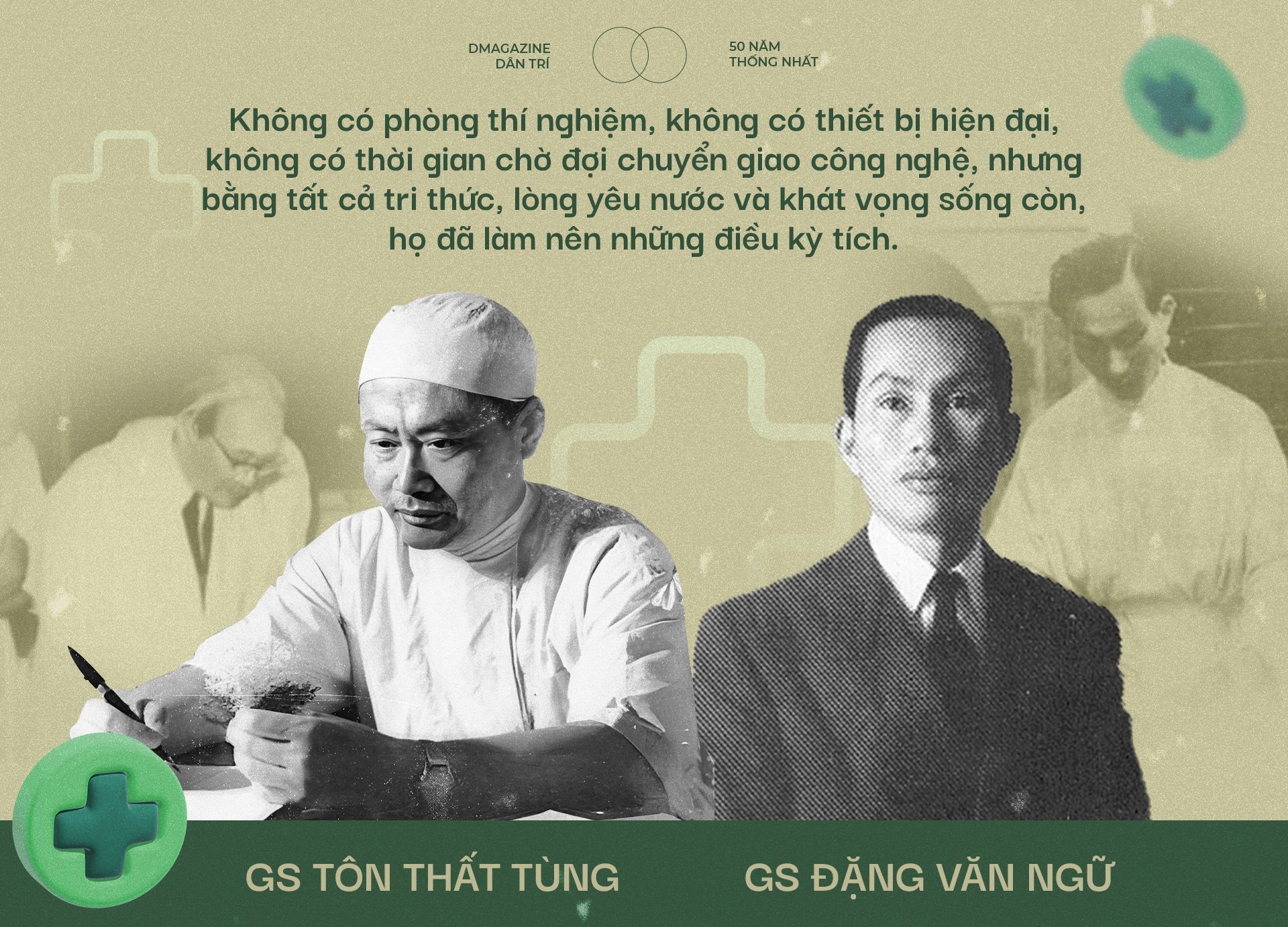

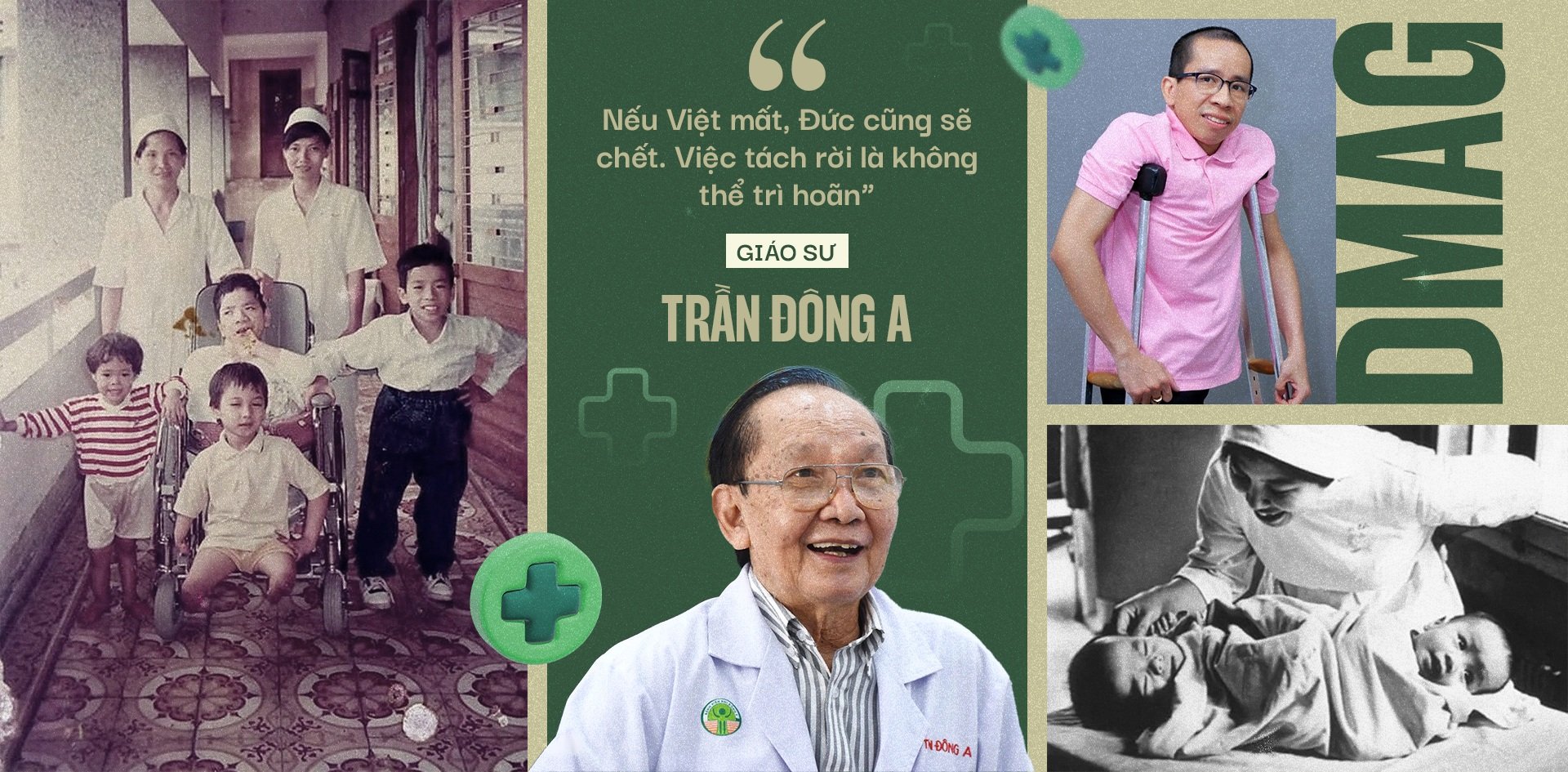

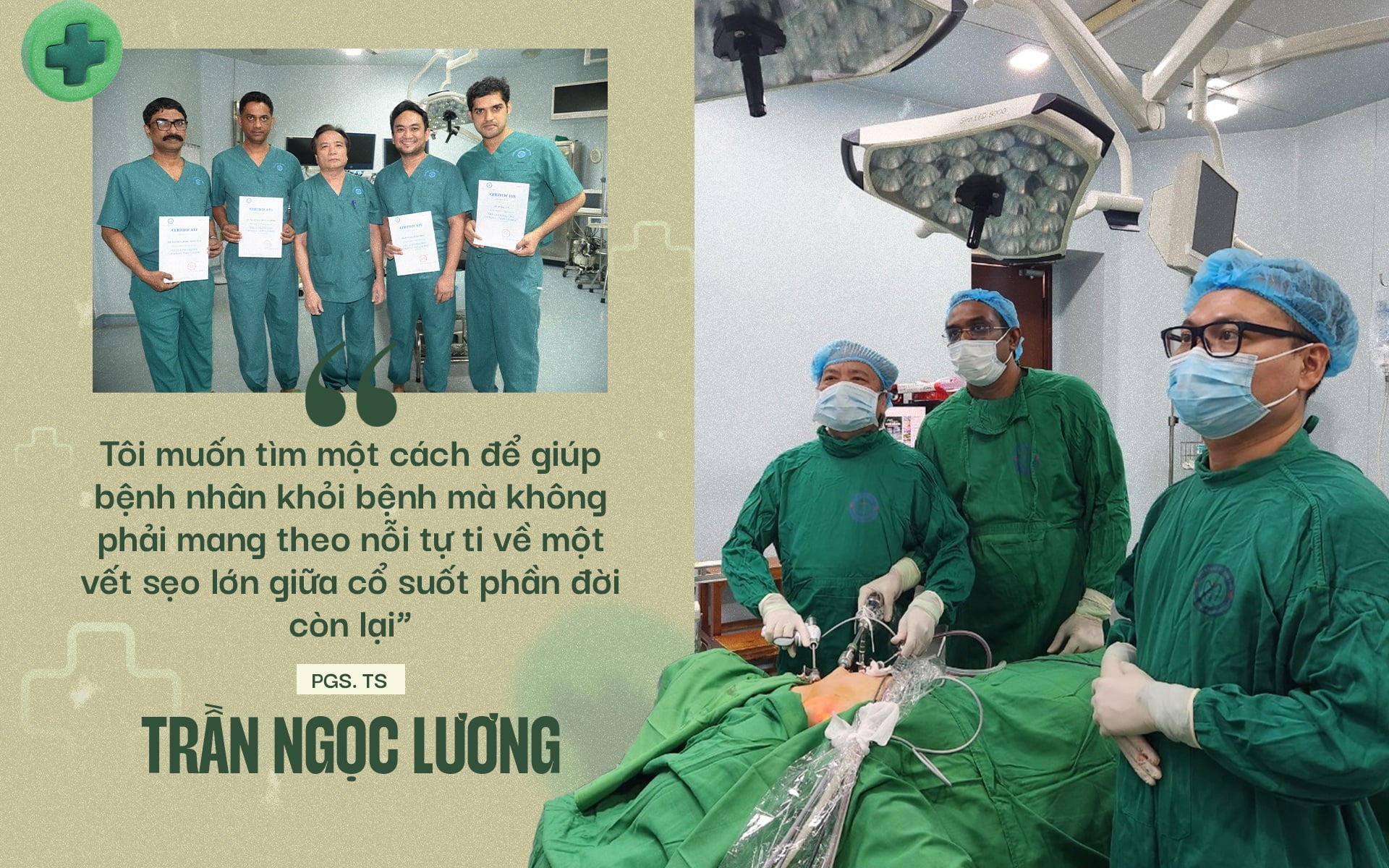

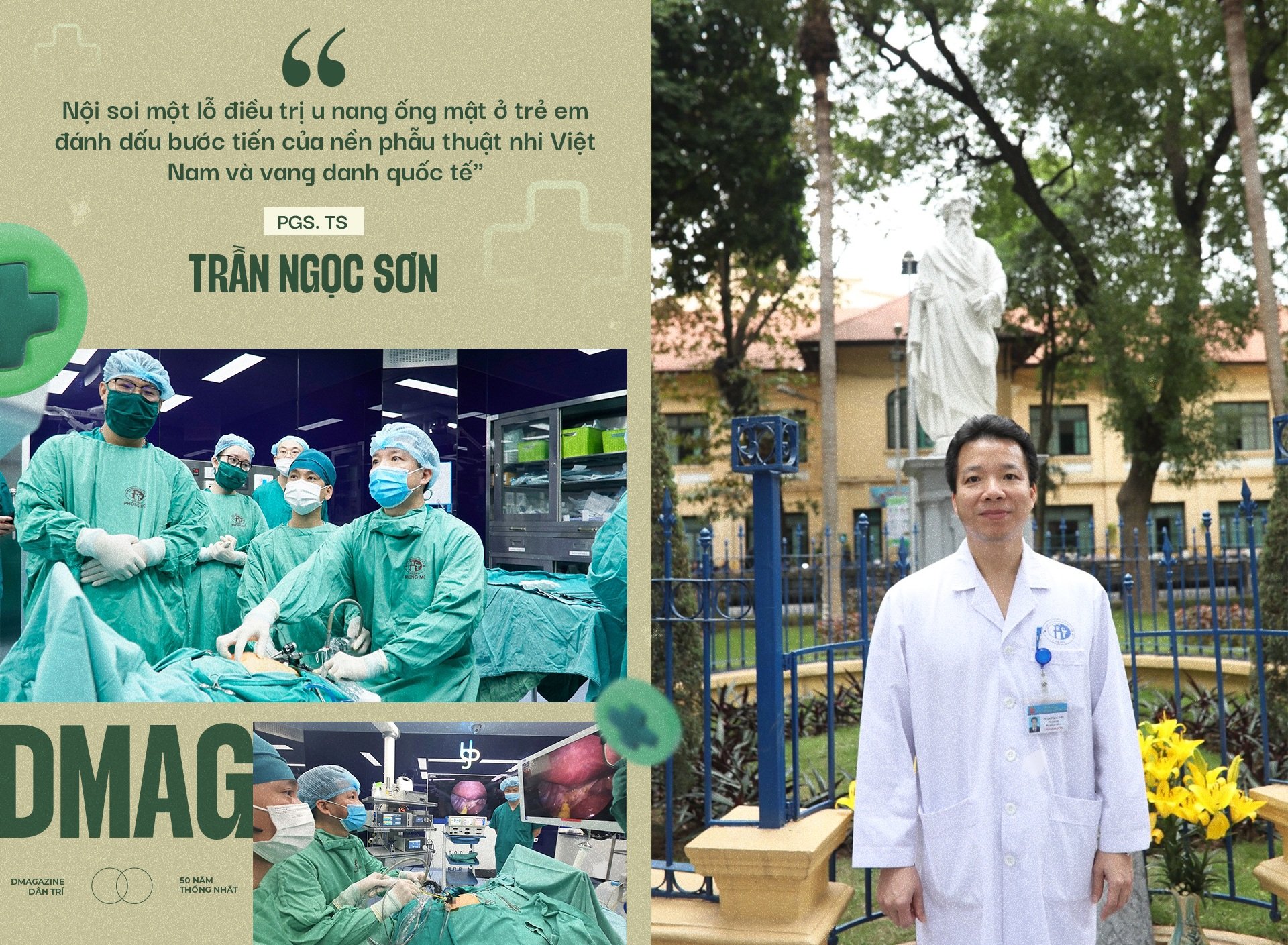
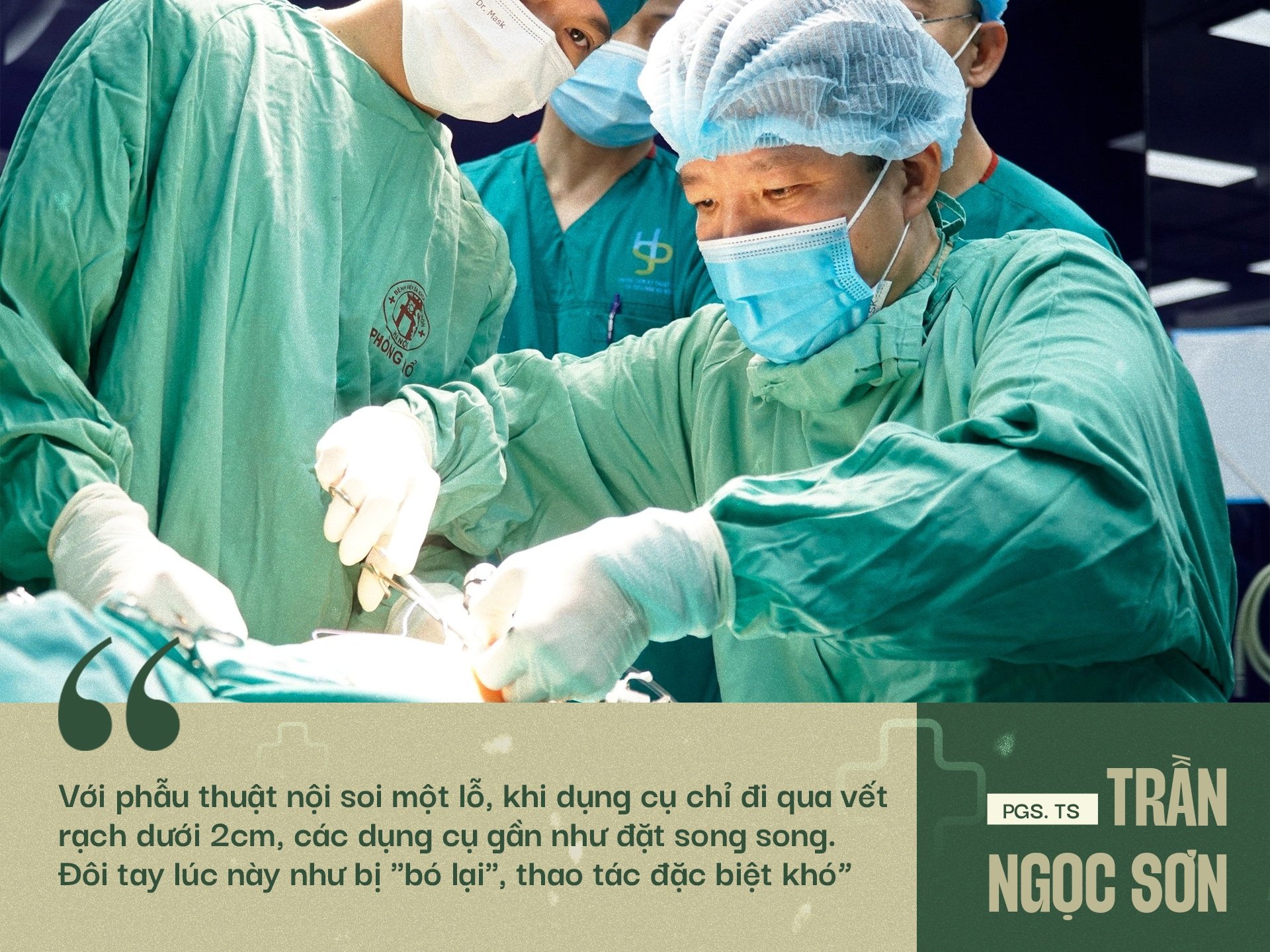

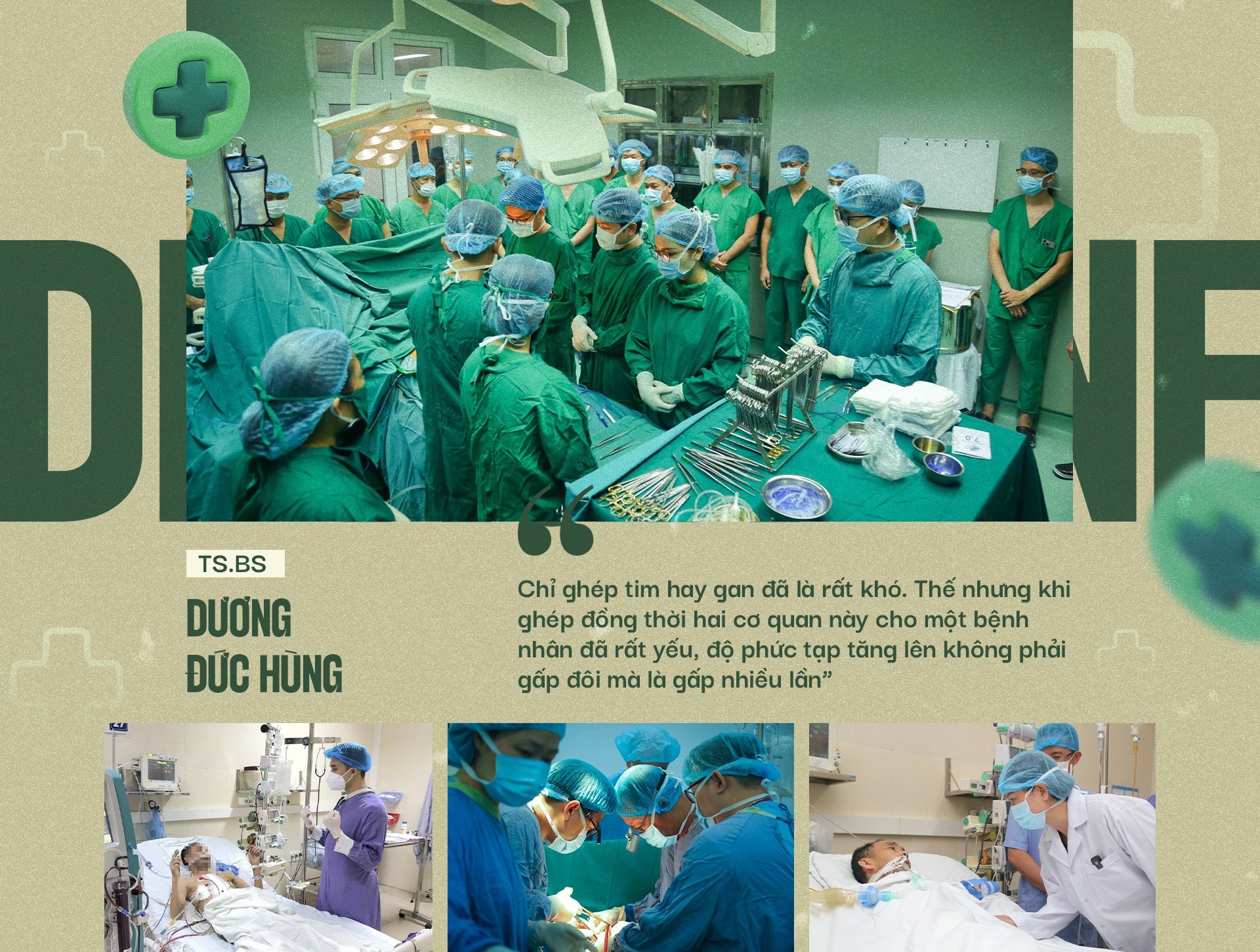
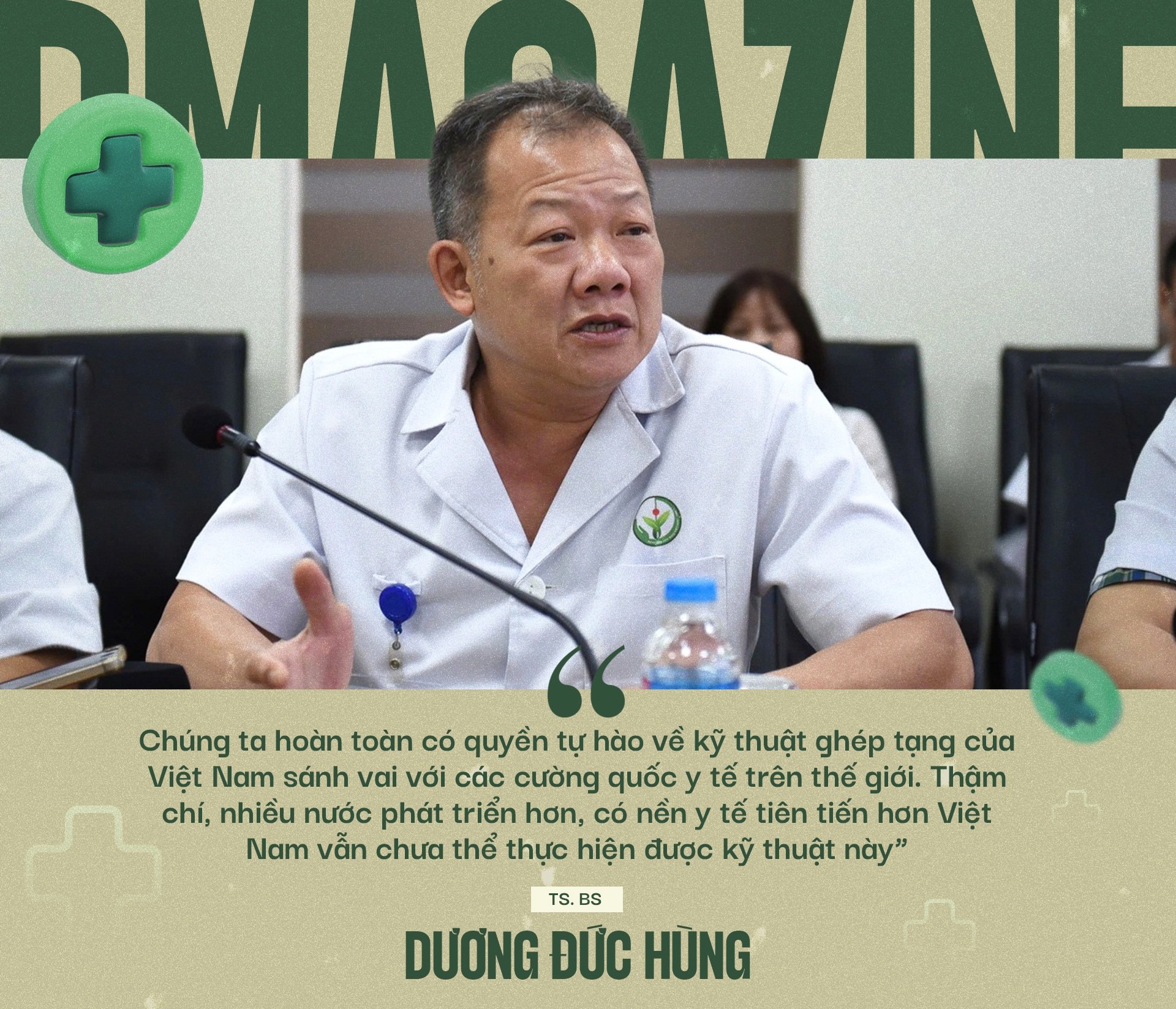

![[Photo] Prime Minister Pham Minh Chinh starts construction of vital highway through Thai Binh and Nam Dinh](https://vphoto.vietnam.vn/thumb/1200x675/vietnam/resource/IMAGE/2025/5/12/52d98584ccea4c8dbf7c7f7484433af5)

![[Photo] Prime Minister Pham Minh Chinh receives Swedish Minister of International Development Cooperation and Foreign Trade](https://vphoto.vietnam.vn/thumb/1200x675/vietnam/resource/IMAGE/2025/5/12/ae50d0bb57584fd1bbe1cd77d9ad6d97)

![[Photo] Prime Minister Pham Minh Chinh works with the Standing Committee of Thai Binh Provincial Party Committee](https://vphoto.vietnam.vn/thumb/1200x675/vietnam/resource/IMAGE/2025/5/12/f514ab990c544e05a446f77bba59c7d1)
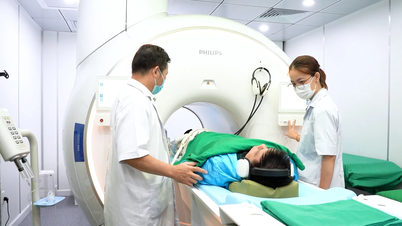

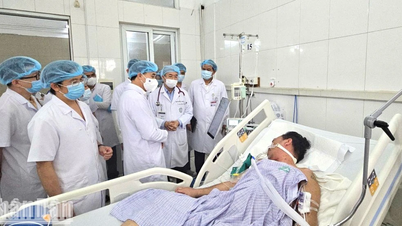


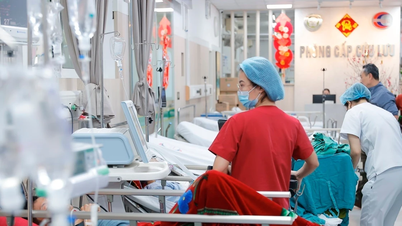




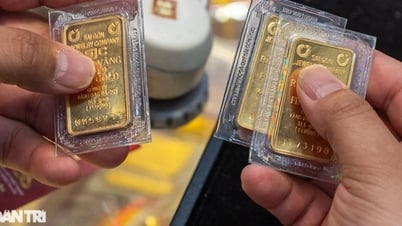
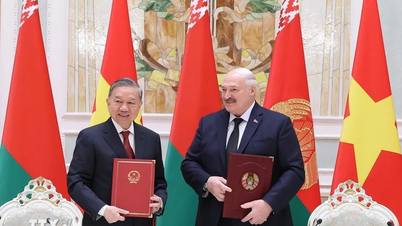


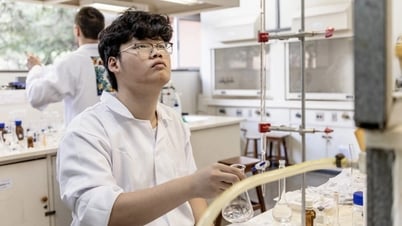

































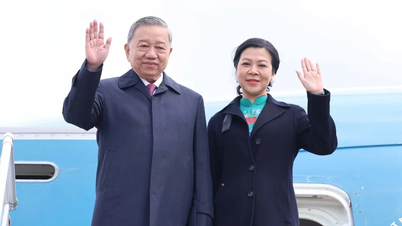
















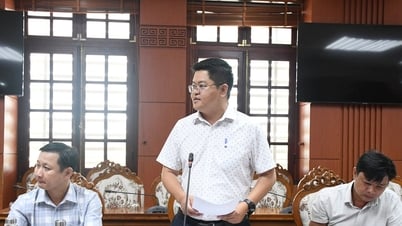
















Comment (0)